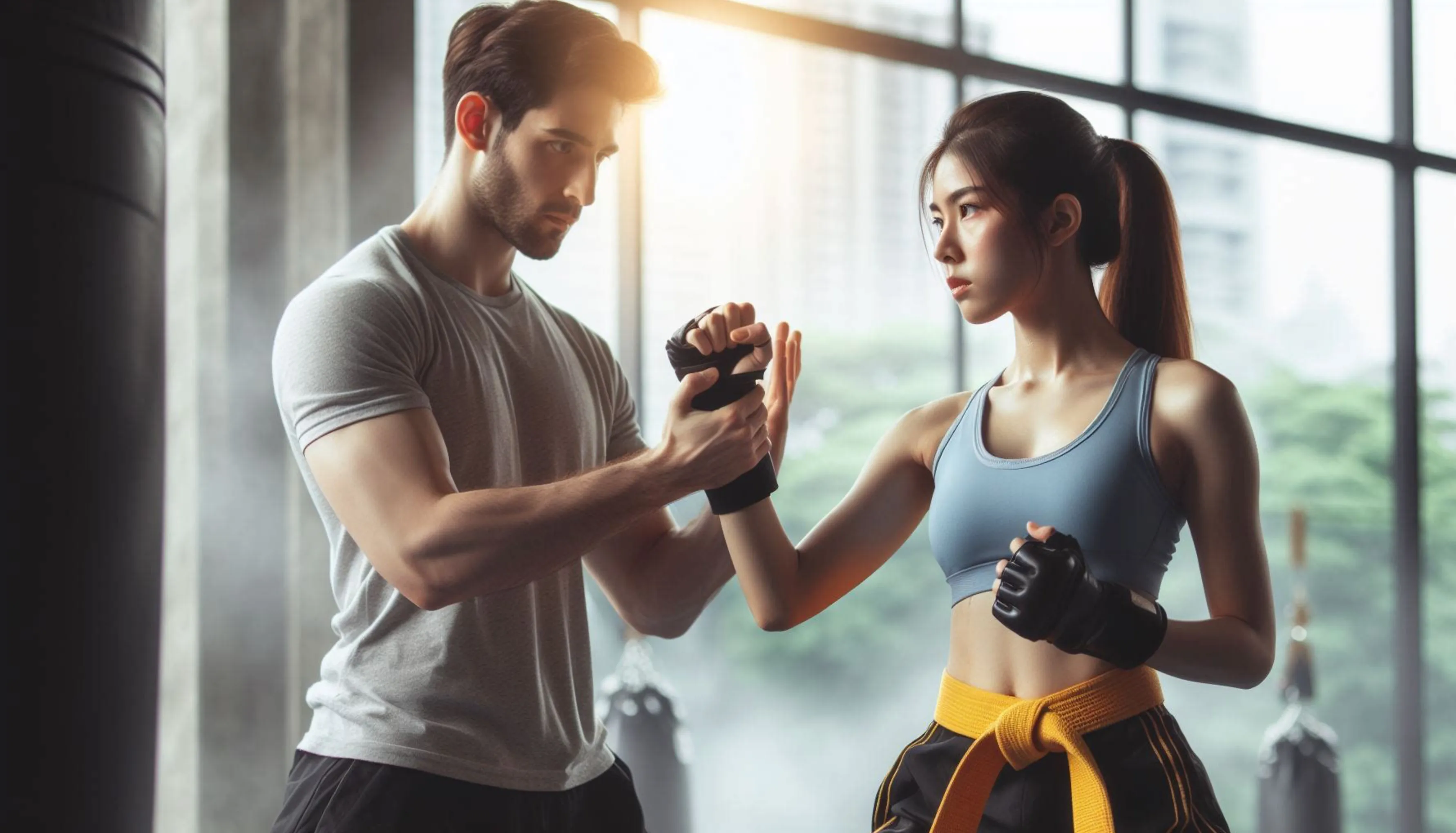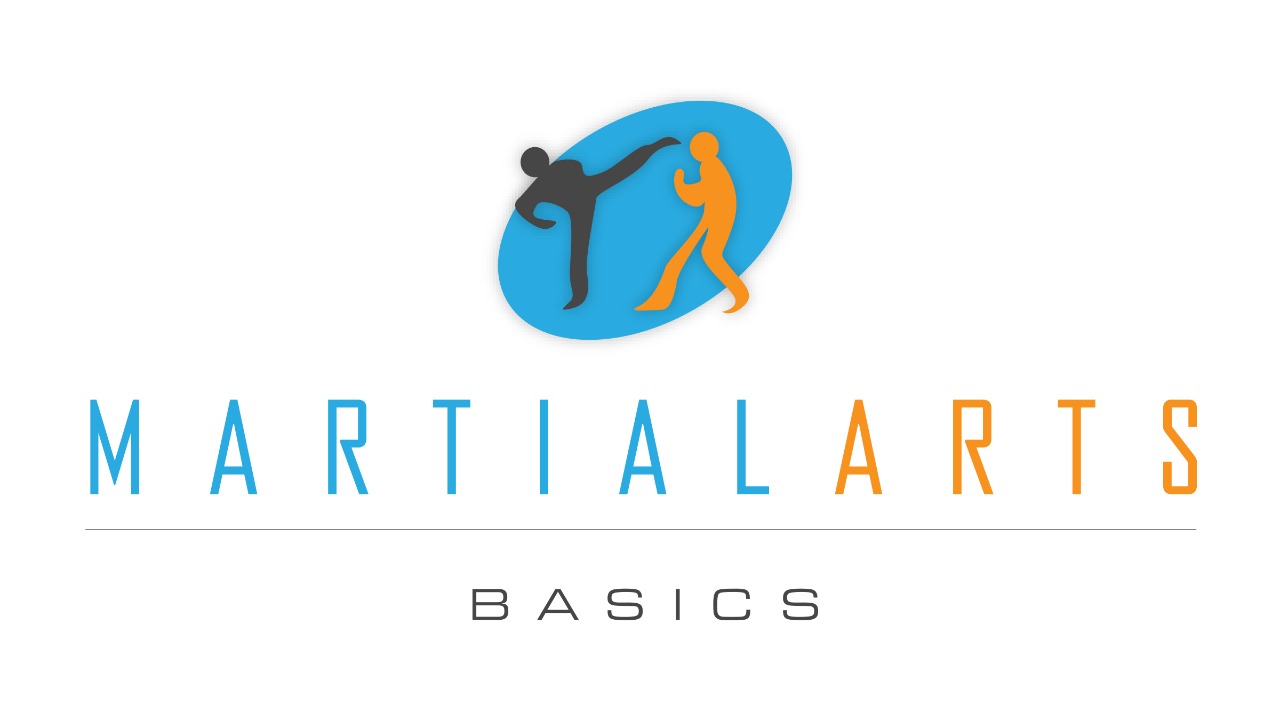Martial Arts Fitness: Training Techniques And Tips For Peak Performance

Embarking on a martial arts fitness journey not only sharpens your skills but transforms your body. Imagine having the strength and agility of Bruce Lee; it's possible with the right training. This guide introduces you to the essential exercises and techniques that will enhance your performance, ensuring you're always at the top of your game. Whether you're a seasoned martial artist or just starting, these tips will pave the way for peak performance.
Building the Foundation: Essential Strength Exercises for Martial Artists
Strength is the cornerstone of any martial artist's fitness regime. Integrating exercises like squats, deadlifts, and various bodyweight exercises lays the groundwork for powerful strikes and resilient defense. Remember, every legendary martial artist, from Joe Lewis to modern-day champions, emphasizes strength training. Let's explore some exercises that are crucial for building a formidable foundation.
The Role of Strength Training in Martial Arts Fitness
1. Squats With a Barbell - The Core of Power
Squats with a barbell are vital for any martial artist, especially those practicing Muay Thai. This exercise develops the core and legs, providing the power needed for explosive kicks and movements. Imagine the strength it takes to execute a perfect roundhouse kick; squats help build that power.
2. Deadlifts - The Backbone of Strength
Deadlifts are essential for martial artists as they build the back, glutes, and hamstrings. This exercise strengthens the backbone of your martial arts prowess, enabling you to withstand and deliver powerful moves. Think of it as the foundation of your strength, much like the stance a Muay Thai fighter takes before a strike.
3. Push-ups - Versatile Muscle Engagement
Push-ups, especially when intensified with a medicine ball, engage multiple muscle groups. This versatile exercise enhances upper body strength and core stability, critical for martial arts. By incorporating medicine balls, you challenge your muscles further, building endurance and power.
4. Pull-ups - Upper Body Fortification
Pull-ups are a must for strengthening the upper body. This exercise fortifies your arms, shoulders, and back, essential for grappling and strikes. A strong upper body is your shield and sword in martial arts, enabling you to execute techniques with precision and force.
Advanced Conditioning Moves to Elevate Your Game
Once the foundation is solid, it's time to elevate your game with advanced conditioning. These exercises are designed to boost your endurance, speed, and agility, turning you into a well-rounded martial artist. Let's dive into moves that will challenge you and bring out the best in your performance.
1. Thrusters - Explosive Power and Endurance
Thrusters combine a front squat with an overhead press, targeting multiple muscle groups. This exercise builds explosive power and endurance, both key for martial artists. The dynamic nature of thrusters mirrors the energy and agility required in martial arts combat.
2. Overhead Presses - Shoulder Stability and Strength
Overhead presses focus on shoulder stability and strength, crucial for any martial artist. This exercise enhances your ability to deliver powerful strikes and maintain a strong guard. Strong shoulders also mean better control in clinch situations and grappling exchanges.
3. Burpees - Full Body Stamina and Agility
Burpees are the ultimate test of stamina and agility, engaging the entire body in a single, fluid motion. This exercise mimics the quick, explosive movements needed in martial arts, from dodging attacks to launching your own. Bodyweight exercises like burpees are essential for building a resilient and agile fighter's physique.
Mastering Martial Arts: Techniques and Strategies
Mastering martial arts is not just about physical strength; it's about combining techniques and strategies to outsmart your opponent. Whether it's perfecting your footwork in Muay Thai or integrating Brazilian Jiu-Jitsu into your routine, every technique you master adds a layer of complexity to your game, making you unpredictable and formidable.
The Importance of Footwork in Martial Arts
Footwork is the foundation upon which all martial arts techniques are built. It's about more than just moving your feet; it's about controlling distance, timing your strikes, and evading your opponent's attacks. Good footwork can make you a moving target that's hard to hit and positions you to land effective strikes.
5 Ways Footwork Can Improve Your Muay Thai Game
Improving your footwork can drastically enhance your Muay Thai game. From increasing your agility to enabling powerful strikes, footwork is key. It allows you to control the ring, dodge attacks with ease, and set up devastating combos. Attend classes and practice kickboxing drills to refine your footwork, making you a more versatile and dangerous fighter.
Integrating Brazilian Jiu-Jitsu into Your Routine
Incorporating Brazilian Jiu-Jitsu (BJJ) into your routine offers a strategic advantage, especially in close combat situations. BJJ teaches control, leverage, and submission techniques, making it a perfect complement to striking-based martial arts. Embrace the grappling aspect to become a more well-rounded martial artist, capable of facing any challenge inside the ring or on the mat.
3 Ways Brazilian Jiu-Jitsu Can Improve Your Muay Thai Clinch
Brazilian Jiu-Jitsu (BJJ) can be a game-changer for your Muay Thai clinch. First, it enhances your grappling skills, making it easier to control your opponent. BJJ teaches you leverage, which is key in getting the upper hand in a clinch. Second, it improves your ground game. If you end up on the ground, BJJ skills can help you defend or attack effectively. Lastly, BJJ boosts your endurance. The constant movement and struggle for dominance in BJJ drills increase your stamina, which is crucial in a Muay Thai fight.
Enhancing Performance: Recovery and Preparation
Recovery and preparation are vital for any martial artist. They help you perform better and reduce the risk of injury. A good recovery routine can make all the difference in your training. Preparing properly for classes ensures you get the most out of each session. Together, they create a solid foundation for your martial arts journey.
Recovery Techniques for the Dedicated Martial Artist
After a tough training session, your body needs to recover. Here are five tips to speed up your recovery. First, stay hydrated to help your muscles heal. Second, get plenty of sleep; it's when your body repairs itself. Third, eat a balanced diet rich in nutrients. Fourth, consider gentle stretching or yoga to maintain flexibility. Lastly, listen to your body. If you're feeling worn out, take a rest day. Your body will thank you.
5 Tips to Speed Up Your Recovery After Training
To recover quickly, follow these tips. First, drink water or a sports drink right after training to rehydrate. Second, eat a snack with protein and carbs to repair muscles. Third, use ice or a cold bath to reduce inflammation. Fourth, get a massage or use a foam roller to ease muscle tightness. Lastly, ensure you get enough sleep to allow your body to recover fully.
Preparing for Your First Class: A Beginner's Guide
Feeling nervous before your first martial arts class is normal. Here's how to prepare. First, research the martial art you'll be learning. Knowing what to expect can ease your nerves. Second, wear comfortable clothes that let you move freely. Third, bring a water bottle to stay hydrated. Fourth, arrive early to meet your instructor and get acquainted with the space. Lastly, keep an open mind. Everyone was a beginner at some point.
5 Tips For Your First MMA Session
Before your first MMA session, remember these tips. First, learn some basic terms and moves online. It'll help you follow along. Second, don't be afraid to ask questions. Your coach is there to help. Third, focus on your breathing. It keeps you calm and focused. Fourth, pace yourself. It's okay not to keep up with everyone else at first. Lastly, enjoy the process. MMA is challenging but rewarding.
5 Tips For Your First Grappling Class
Here are five tips for your first grappling class. First, cut your nails to prevent scratching anyone. Second, bring a towel and an extra shirt; you'll sweat a lot. Third, don't apply lotion before class; it makes you slippery. Fourth, pay attention to your instructor and try to mimic their movements. Lastly, don't be discouraged if you don't get it right away. Grappling is complex, and even the pros had to start somewhere.
Age Is Just a Number: Starting Martial Arts Later in Life
It's never too late to start martial arts. Whether you're in your 40s, 50s, or beyond, martial arts offer physical and mental benefits. Starting martial arts later in life can improve your fitness, flexibility, and mental sharpness. Plus, it's a great way to meet new people and be part of a community.
Embracing Brazilian Jiu-Jitsu in Your 40s
Starting Brazilian Jiu-Jitsu (BJJ) in your 40s can be a fantastic decision. BJJ focuses on technique over strength, making it suitable for all ages. It's a great way to stay in shape, learn self-defense, and challenge yourself mentally. Plus, the BJJ community is welcoming and supportive, helping you to stay motivated.
5 Tips For People Who Want To Start BJJ In Their 40s
If you're thinking about starting BJJ in your 40s, consider these tips. First, check with your doctor to ensure you're ready for physical activity. Second, find a school that welcomes beginners of all ages. Third, start slowly to avoid injuries. Fourth, focus on learning and enjoying the process, not just on winning. Lastly, connect with other students. They can provide support and advice as you learn.
The Martial Artist's Mindset: Strategies for Success
The right mindset is crucial for success in martial arts. It requires discipline, focus, and a willingness to learn. Think of martial arts legends like Bruce Lee; their success wasn't just about physical skill but also mental strength. Adopting a similar mindset can help you overcome challenges and achieve your goals in martial arts.
Mental Preparation and The Will to Win
Mental preparation is as important as physical training. Visualize your moves and imagine winning. Stay positive, even when training gets tough. Remember, setbacks are just opportunities to learn. Stay focused on your goals and believe in your ability to achieve them. This mindset will not only help you in martial arts but in life as well.
Ngalani's Keys to Victory: Mind Over Matter
Alain Ngalani, a celebrated martial artist, emphasizes the power of the mind. His key to victory is believing in oneself and staying mentally strong, especially during tough times. He suggests setting clear goals and maintaining a positive attitude. By focusing on mental strength, you can push past your limits and achieve success, just like Ngalani.
Unlocking Your Potential: A Closing Thought on Martial Arts Fitness
Martial arts fitness is not just about physical strength; it's about unlocking your potential. It requires dedication, discipline, and a willingness to push beyond your limits. Whether you're attending martial arts classes, practicing at home, or training at a boot camp, every step you take is a step towards a stronger, more confident you. Remember, the journey of martial arts is a marathon, not a sprint. Enjoy the process, and celebrate every victory, large or small.
Transcending Limits Through Dedication and Discipline
Transcending your limits in martial arts requires dedication and discipline. It means showing up for classes, even when you don't feel like it. It's about pushing yourself a little harder in each training session. Remember, every martial artist was once a beginner. But through consistent effort, they reached new heights. Whether you're lifting weights, practicing karate, or attending fitness centers, your journey in martial arts is about more than just physical fitness. It's about the transformation of both physical and mental aspects. Keep pushing, and you'll be amazed at what you can achieve.
